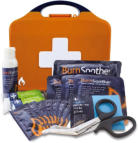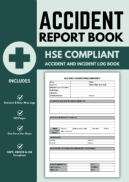



+44 (0)7491 751 427

Beyond Limits Consultancy Ltd 2025
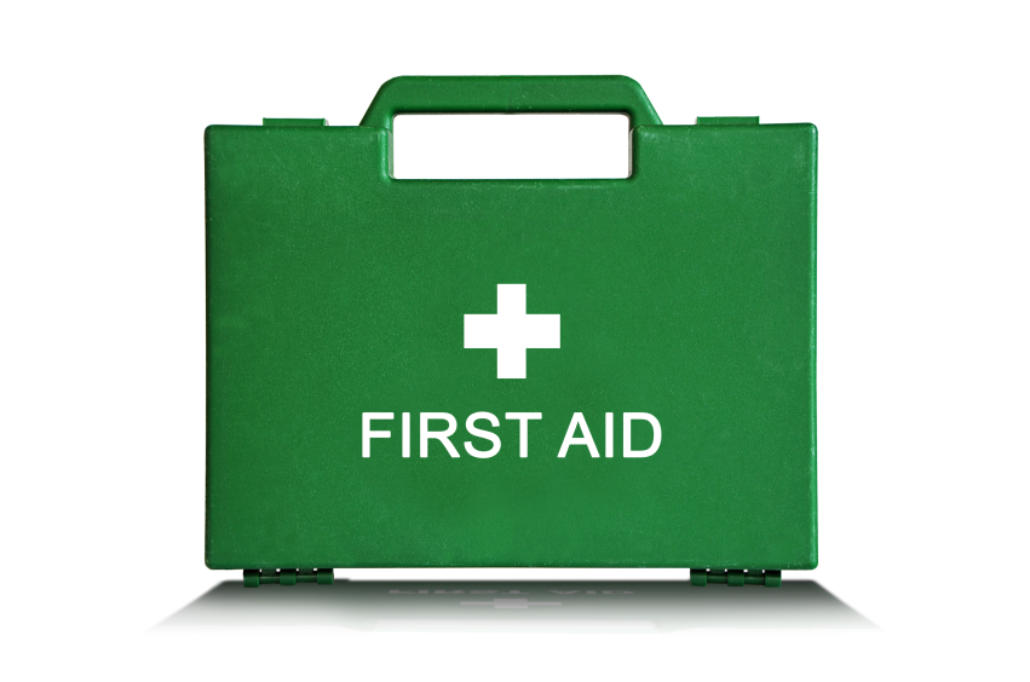
What First Aid Equipment Does My
Business Need to Provide?
*links to Amazon are part of the Associates Programme & provide a commission but at no cost to the customer
*As an Amazon Associate, I earn from qualifying purchases.
Providing the right first aid equipment isn't just about compliance, it's about protecting your team.
But with so many kits available, how do you know what your business really needs?
Here's a quick guide to help you make informed decisions based on the risks in your workplace.
Start with a First Aid Needs Assessment
Before choosing equipment, conduct a First Aid Needs Assessment to evaluate: The type of work you do Common hazards (e.g. machinery, chemicals) The number of staff and visitors Workplace size and layout Example: A low-risk office will need less equipment than a factory using cutting tools or corrosive substances.



Basic First Aid Kits (HSE-Compliant)
Every business must provide a basic first aid kit that meets HSE standards: Available in sizes for 10, 20, or 50 people Place kits in accessible areas across your site Match the number of kits to staff size and site layout These kits include essentials but may not cover more serious injuries.


Upgrade to BS8599-1 Compliant Kits
For broader coverage, choose BS8599-1 compliant first aid kits: More comprehensive contents Designed for moderate to high-risk environments Often the best option for most modern workplaces


Consider Specialist Equipment
Your assessment may also highlight the need for: Eye Wash Stations – For workplaces with dust, debris, or chemical risks Burn Kits – Ideal for kitchens, manufacturing, or welding environments Haemostatic Dressings & Tourniquets – For high-risk industries like construction, forestry, or engineering ✋ Don’t cut corners. Avoid cheap copies—quality matters in emergencies.


Don’t Forget Record-Keeping
All incidents must be recorded in a GDPR-compliant accident book. Make sure it includes: Confidential storage of personal details A prompt to check RIDDOR reporting requirements

Final Thoughts
If an incident could happen, make sure you have the training and equipment to handle it. Every workplace is different. As a business owner, it's your responsibility to ensure your staff are safe and your provisions are legally compliant.Need Support?
Visit the official HSE website for guidance on regulations, kits, and risk assessments or get in touch with us if we can help you further.
Call us on 07491 751 427 or email firstaid@beyondlimits.co.uk
When considering your needs, the main focus should be on the guidance
Visit the HSE website to learn how to do this in detail.
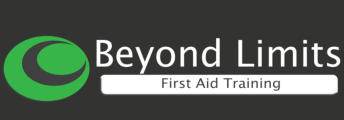




+44 (0)7491 751 427
Looking for
a quality
First Aid
course?
Beyond Limits Consultancy Ltd 2025
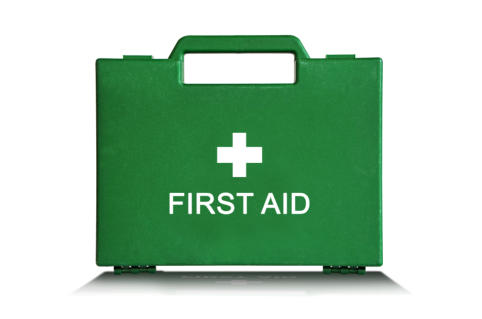
What First Aid Equipment
Does My Business
Need to Provide?
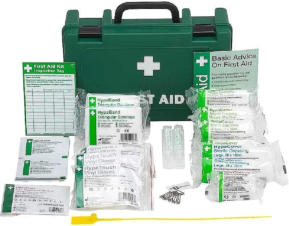
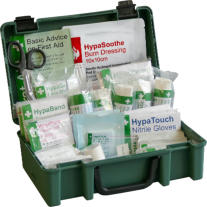
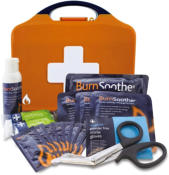
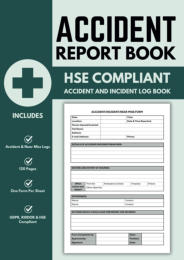

Providing the right first aid
equipment isn't just about
compliance, it's about protecting
your team. But with so many kits
available, how do you know what
your business really needs?
Here's a quick guide to help you
make informed decisions based on
the risks in your workplace.
Start with a First Aid Needs
Assessment
Before choosing equipment, conduct a First Aid Needs Assessment to evaluate: The type of work you do Common hazards (e.g. machinery, chemicals) The number of staff and visitors Workplace size and layout Example: A low-risk office will need less equipment than a factory using cutting tools or corrosive substances. Visit the HSE website to learn how to do this in detail.



Basic First Aid Kits
(HSE-Compliant)
Every business must provide a basic first aid kit that meets HSE standards: Available in sizes for 10, 20, or 50 people Place kits in accessible areas across your site Match the number of kits to staff size and site layout These kits include essentials but may not cover more serious injuries.


Upgrade to BS8599-1
Compliant Kits
For broader coverage, choose BS8599-1 compliant first aid kits: More comprehensive contents Designed for moderate to high risk environments Often the best option for most modern workplaces


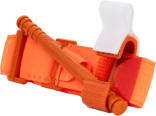
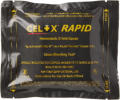
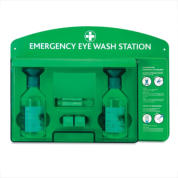
Consider Specialist
Equipment
Your assessment may also highlight the need for: Eye Wash Stations – For workplaces with dust, debris, or chemical risks Burn Kits – Ideal for kitchens, manufacturing, or welding environments Haemostatic Dressings & Tourniquets – For high-risk industries like construction, forestry, or engineering Don’t cut corners. Avoid cheap copies—quality matters in emergencies.


Don’t Forget Record-
Keeping
All incidents must be recorded in a GDPR- compliant accident book.Make sure it includes: Confidential storage of personal details A prompt to check RIDDOR reporting requirements

Final Thoughts
When considering your needs, the main focus should be on the guidance If an incident could happen, make sure you have the training and equipment to handle it. Every workplace is different. As a business owner, it's your responsibility to ensure your staff are safe and your provisions are legally compliant.Need Support?
Visit the HSE website for guidance on regulations, kits, and risk assessments or get in touch with us if we can help you further.





